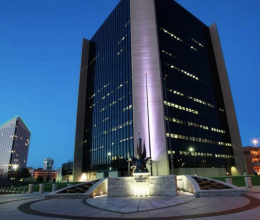
Dr. King, the Power of Young People, and Our Movement Today
For many people in the Civil Rights Era, Dr. King exemplified an old guard in the Movement. He differed, for example, from the younger, more militant voices of the Student Non-violent Coordinating Committee (SNCC) who (despite the name) were not strict adherents to King’s brand of non-violent direct action.
These young people wanted to move faster toward solutions—they had ideas to share and didn’t want anyone shushing them. They intended to use any means they felt necessary to achieve their goals.
But in an exercise of brilliant servant leadership, King took time to listen to young people and eventually wove their beliefs into his speeches, sermons, and oratory, thereby also ensuring that a place remained for them in the Movement. And I’m guessing their radicalism, as much as anyone, helped him articulate just why African Americans couldn’t afford to wait, which would later become the title of one of his most renowned books.
In various speeches and interviews, King shared portions of his listening sessions. He referenced the “marvelous new militancy” of angry young men he’d met in northern cities, connecting the dots that wound up the highways from Black people in the South who couldn’t vote to Black people in the North who seemingly had nothing for which to vote.
A photo of young Birmingham protesters being lashed by water cannons hangs on my office wall. During that campaign, King had to be convinced to abandon his own paternalism and fears to allow young people to participate. He eventually embraced them as partners—as well as the very people for whom he and many people in the movement wanted to leave a better world.
Today, it’s the radical vision of the younger generation that often pulls older ones out of our weary resignation – often we must be reminded what is possible and who it is we continue to show up for: all of us.
Related content

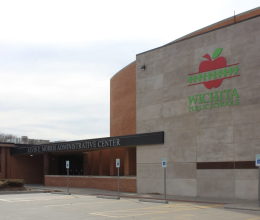
DOJ report: Wichita public schools disproportionally discipline...
July 3, 2024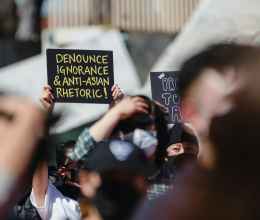
More than dirt; AAPI racism in recent Kansas bill
May 17, 2024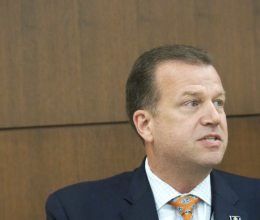
KHP ordered to pay plaintiffs $2.3 million for unconstitutional ...
April 15, 2024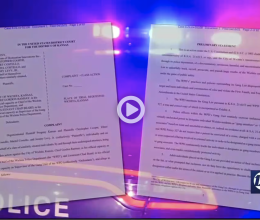
Settlement changing criteria, adding oversight to Wichita Police...
April 9, 2024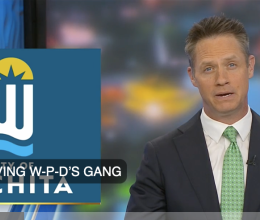
Council approves Wichita Police Department gang list settlement
April 9, 2024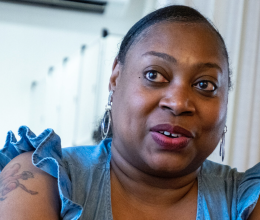
Wichita pays $625K to settle lawsuit over police use of...
April 9, 2024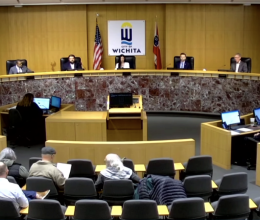
Council approves Wichita Police Department gang list settlement
April 9, 2024